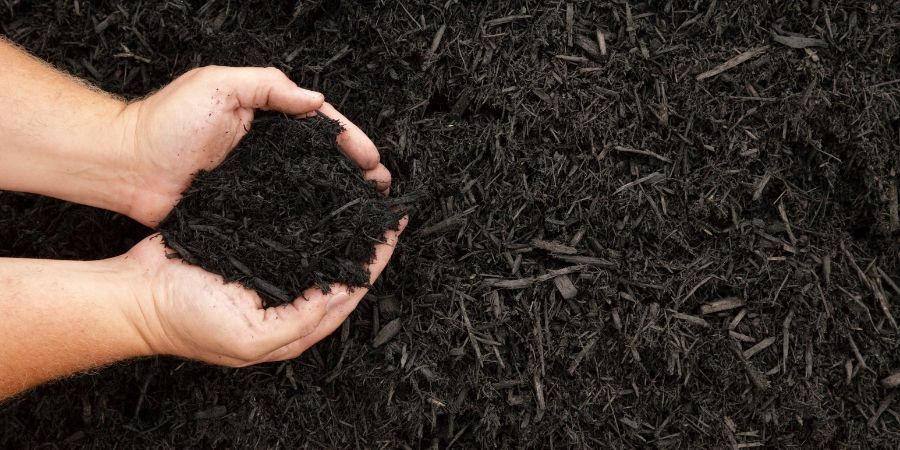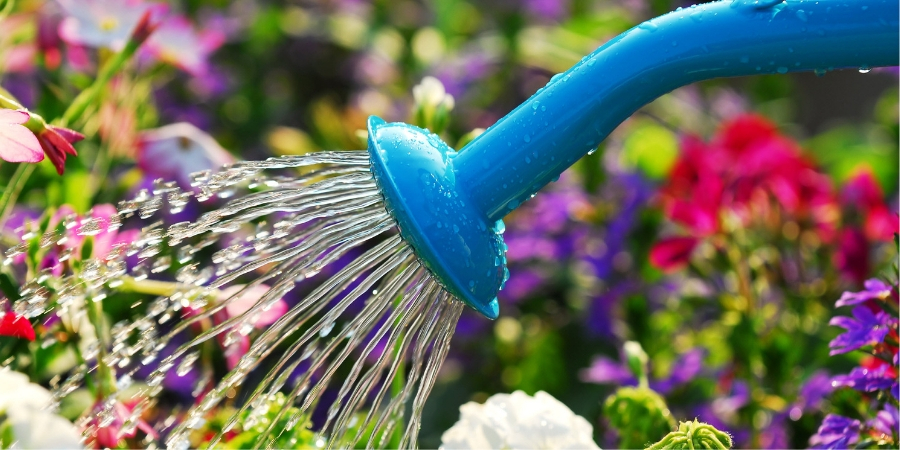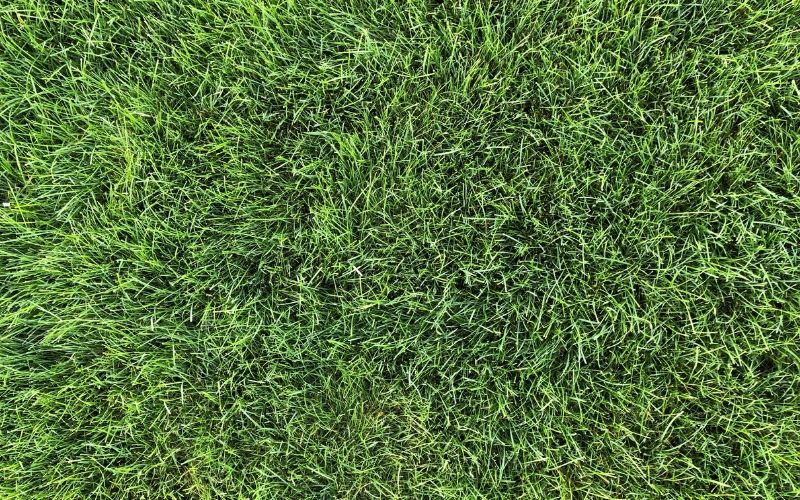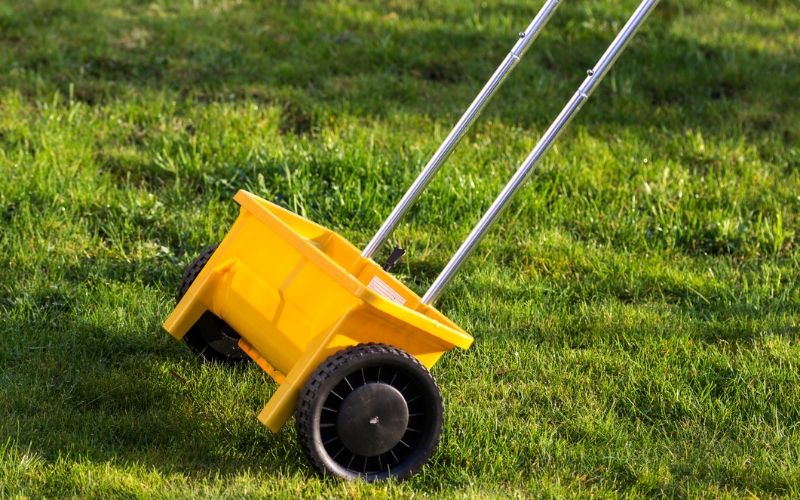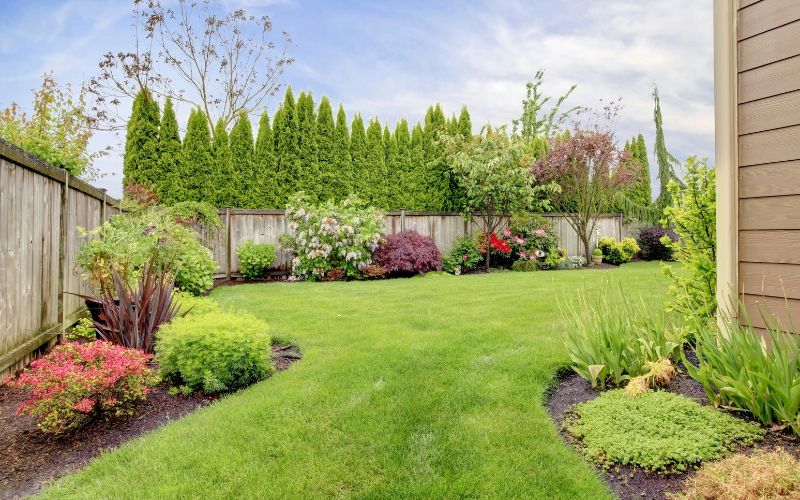Watering Your Lawn
Rainfall alone usually sustains a healthy lawn. However, depending on your grass type and climate conditions, irrigation may be needed.
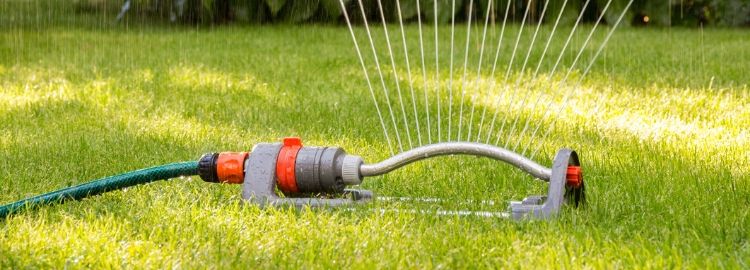
How Do I Water My Lawn?
Water in the Early Morning
To minimize water loss from evaporation and to allow the sun to dry the leaf blade before a disease can set in.
Water Deeply and Infrequently
Soak the lawn deeply instead of a quick mist. This watering strategy improves growth and conserves water compared to more frequent, light watering, which encourage a shallow root system and make lawns more susceptible to disease.
Wet the soil to a minimum depth of 4 to 6 inches or about 1 inch of water per week. If you can push a 6 inch screwdriver into your lawn after watering, you’ve reached an optimum depth.
To help monitor irrigation, install timers and place a rain gauge or empty cans (tuna or cat food cans work well) under the sprinkler.
Lawn Watering Tips
Drought-Induced Dormancy
Summer brings the heat. It can also bring drought conditions when you least expect it. When a swelter begins to take a toll on your lawn, many grasses will try to survive by entering a dormant stage where they drink less water and stop growing.
Daytime temperatures in the 80’s (F), lawns can survive for 3-4 weeks, whereas climates in the 90’s (F) reduce that survival time frame to 2-3 weeks.
Irrigate lightly, about ½ inch, every 3 weeks to help your lawn get through the hot and dry summer months. This irrigation will not make a dormant lawn green again. Greening will start when conditions get cooler and wetter.
Watering New Seedlings
Successful germination depends on ample moisture at the soil surface. Keep the seeded area moist until the seed emerges. The seedlings need frequent, gentle watering until they are ½ to 1 inch tall. When climatic conditions allow, reduce watering several times a week at a depth of 1 to 2 inches. Decrease the frequency and increase the depth of watering as seedlings mature.
Watering New Sod
After laying new sod, water enough to penetrate the sod and 2 inches of the existing soil. From day 2 on, keep your sod and soil moist throughout the day. The roots are short so the sod cannot take large amounts of water at any single time. Other than the first day, the ground under the sod should never be soggy. Usually watering 4 to 6 times during the day, for approximately 5 to 6 minutes each time, is required until the roots are established. Root establishment will usually begin within 7 to 14 days.
After 2 weeks reduce the frequency of times you water at a gradual pace. You can confirm the establishment of the roots by pulling up a corner of the sod, and if you feel some resistance, you can begin tapering off the frequency of watering until you are watering only once per day until fully established.
Lawn Articles
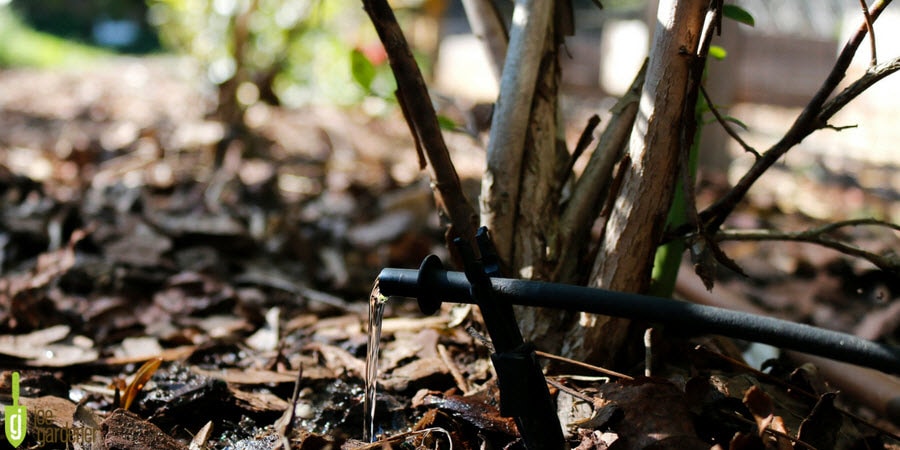
How to Manage Water in Your Landscape
by Joe Lamp'l
Gardening Expert and Host of Growing a Greener World®

